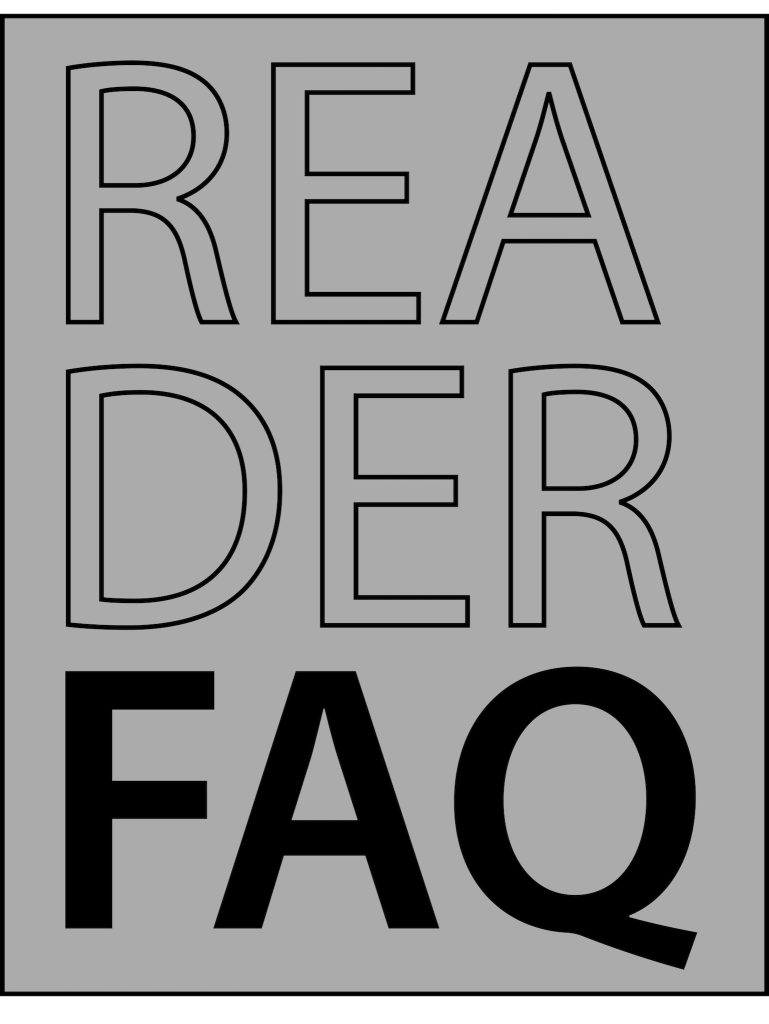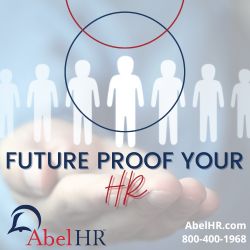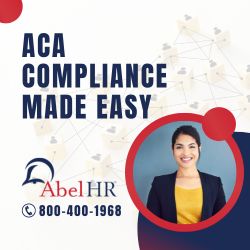In today’s dynamic business landscape, organizations face unprecedented challenges in managing their workforce effectively. As we approach the 2024 open enrollment season, many business leaders are evaluating their current human resources strategies, particularly those utilizing an Administrative Services Only (ASO) model. The opportunity to transition to a Professional Employer Organization (PEO) model presents itself as a strategic solution that could revolutionize both operational efficiency and bottom-line results. This comprehensive guide explores why now might be the perfect time to make this significant change and how to execute it successfully.
The Evolving HR Management Landscape
The contemporary business environment has become increasingly complex, with organizations facing multifaceted challenges in workforce management. Healthcare costs continue their relentless climb, with industry analysts projecting a substantial 6.5% increase in 2024. This escalation, combined with intricate regulatory requirements and intense competition for talent, creates a perfect storm that demands innovative solutions. Business leaders find themselves walking a tightrope, balancing the need for comprehensive benefits packages with budget constraints while ensuring compliance with ever-changing regulations.
Understanding the Fundamental Differences: ASO vs. PEO Models
The distinction between ASO and PEO models represents more than just a different approach to HR administration – it is a fundamental shift in how organizations manage their workforce. Under an ASO model, your organization maintains complete control over all employer-related responsibilities while outsourcing specific administrative tasks. While this arrangement might appear straightforward, it often conceals hidden costs and risks that become apparent only under careful scrutiny.

Consider the experience of TechFlow Solutions, a mid-sized software company that operated under an ASO model for five years. While they appreciated the basic administrative support and outsourced payroll processing, their HR team found themselves increasingly overwhelmed by compliance requirements and rising insurance costs. They spent countless hours managing various vendors, coordinating benefits administration, and staying ahead of regulatory changes – valuable time that could have been invested in strategic initiatives.
The PEO model, by contrast, offers a more comprehensive solution through co-employment. This arrangement fundamentally transforms workforce management by creating a shared responsibility model where the PEO becomes the employer of record for tax and insurance purposes. This structure allows businesses to access enterprise-level benefits and sophisticated HR systems while maintaining complete control over their day-to-day operations and company culture.
The Strategic Advantage of Open Enrollment Timing
Timing plays a crucial role in the success of any significant organizational change, and the open enrollment period presents an ideal window for transitioning from an ASO to a PEO model. This timing is strategic for several compelling reasons beyond mere convenience. During open enrollment, employees already expect changes and updates to their benefits packages, making it a natural time to implement broader systemic changes to HR administration.
Furthermore, open enrollment provides a clean break point for administrative and financial purposes. Insurance carriers are well-versed in processing significant changes during this period, which can help smooth the transition process. The timing also enables organizations to take advantage of new plan year pricing and make accurate cost comparisons between current arrangements and PEO offerings. This natural alignment of timing can significantly reduce the complexity of the transition process.
Understanding the Financial Impact
The financial benefits of transitioning to a PEO extend far beyond simple cost savings on insurance premiums, though these savings alone can be substantial. Organizations that partner with PEOs typically report healthcare premium savings of 20-30% compared to their previous arrangements. These savings result from the PEO’s ability to leverage larger group buying power and negotiate more favorable rates with insurance carriers.
However, the true financial impact becomes apparent when considering the total cost of employment (TCE). PEO partnerships often lead to reduced workers’ compensation costs, more efficient payroll processing, and lower administrative overhead. For example, Continental Retail, a chain with 200 employees, reported annual savings of $375,000 after transitioning to a PEO model, with improvements in both direct costs and operational efficiency.
Risk Management and Compliance Excellence
In today’s complex regulatory environment, compliance management has become increasingly challenging and costly. PEOs bring sophisticated compliance expertise and systems that would be prohibitively expensive for most organizations to develop independently. This expertise extends beyond simple regulatory compliance to encompass comprehensive risk management strategies.
A PEO’s compliance team stays current with changes in employment law, tax regulations, and industry-specific requirements, providing proactive guidance to partner organizations. This expertise proves particularly valuable when navigating complex situations such as multi-state operations or industry-specific regulations. The shared liability model of a PEO arrangement also provides an additional layer of protection for organizations, as the PEO has a vested interest in ensuring proper compliance and risk management practices.
Employee Experience and Benefits Enhancement
The transition to a PEO model significantly impacts employee experience, particularly in terms of benefits access and administration. Through a PEO partnership, organizations can offer their employees access to Fortune 500-level benefits packages that would typically be out of reach for smaller companies. This enhanced benefits offering often includes comprehensive health insurance options, improved dental and vision coverage, life and disability insurance, and various voluntary benefits programs.
Beyond basic benefits, PEOs often provide access to sophisticated human capital management systems that improve the employee experience. These platforms typically include self-service portals, mobile apps, and automated processes that make it easier for employees to manage their benefits, access pay information, and handle HR-related tasks. This technological advancement not only improves employee satisfaction but also reduces the administrative burden on HR staff.
Open Enrollment Implementation Strategy for Success
A successful transition from ASO to PEO requires careful planning and execution. The process should begin 3-6 months before open enrollment with a comprehensive current state assessment. This evaluation should examine existing processes, costs, and pain points to establish clear objectives for the transition. How A PEO Helps Overcome Health Insurance Renewals and Retention
The provider selection process deserves particular attention. Organizations should evaluate potential PEO partners based on several critical factors:
- Industry expertise and experience with similar organizations
- Technology capabilities and integration potential
- Service offering alignment with organizational needs.
- Financial stability and market reputation
- Quality of customer service and support systems
Once a provider is selected, the implementation process should follow a structured approach that includes:
- Detailed project planning and timeline development
- Comprehensive data migration strategy
- Employee communication and training plans
- System testing and validation procedures
- Post-implementation support and monitoring
Measuring Success and ROI
The success of a PEO transition can be measured through various metrics that extend beyond simple cost savings. Organizations should establish baseline measurements before the transition and track improvements across several key areas:
Financial metrics should include direct cost savings on benefits and insurance, administrative cost reductions, and efficiency gains. Operational metrics might focus on employee satisfaction rates, benefits utilization, and service response times. Strategic metrics should examine longer-term impacts such as employee retention rates, recruitment effectiveness, and risk management outcomes.
Future-Proofing Your Organization During Open Enrollment
The decision to transition to a PEO model represents more than just a change in HR administration – it is a strategic move toward future-proofing your organization. As business environments become increasingly complex and competitive, the ability to leverage sophisticated HR systems and expertise becomes crucial for success.
PEO partnerships provide organizations with scalability and flexibility that can be particularly valuable during periods of growth or market volatility. The ability to access enterprise-level systems and expertise without significant capital investment allows organizations to remain agile while maintaining focus on their core business objectives.
Conclusion: Embracing Strategic HR Transformation
The transition from an ASO to a PEO model during open enrollment represents a strategic opportunity to transform your organization’s approach to human resources management. While the process requires careful planning and execution, the potential benefits – including cost savings, improved compliance, enhanced employee benefits, and reduced administrative burden – make it a compelling option for many organizations.
Success in today’s business environment requires organizations to work smarter, not harder. A PEO partnership offers the tools, expertise, and economies of scale needed to compete effectively while maintaining focus on core business objectives. As you consider your options during this open enrollment season, carefully evaluate how a PEO partnership could transform your organization’s approach to human resources management and position you for future success.
The time to begin this evaluation is now. With proper planning and execution, your organization can use the upcoming open enrollment period as a springboard to transform your HR operations and create a more efficient, compliant, and employee-friendly workplace. Do not wait until the next open enrollment period to reevaluate your HR strategy – take the first step toward transformation today.
Ready to explore how a PEO partnership can benefit your organization? Contact one of our affiliated Companies or Mark Burger CPA to answer your questions.

- What are the key differences between ASO and PEO models, and how do they impact HR management and compliance? Under the ASO (Administrative Services Only) model, the organization retains complete control over all employer responsibilities but outsources specific administrative tasks, such as payroll processing or benefits administration. While this might offer basic support, it also leaves the organization bearing the risks and costs associated with compliance, HR management, and healthcare. In contrast, the PEO (Professional Employer Organization) model involves a co-employment relationship. The PEO becomes the employer of record for tax and insurance purposes, taking on many of the compliance and administrative burdens. This allows businesses to access better healthcare and benefit packages, reduce compliance risks, and improve HR efficiency without losing control over their day-to-day operations. PEOs handle complex HR functions, such as compliance with multi-state regulations and risk management, enabling the company to focus on strategic initiatives rather than administrative tasks.
- How can transitioning from ASO to PEO during open enrollment help with cost savings and operational efficiency? The document explains that transitioning to a PEO model can lead to substantial cost savings, particularly in terms of healthcare premiums, where organizations typically save 20-30% compared to their ASO arrangement. This is due to the PEO’s ability to leverage large-group buying power, negotiating better rates with insurance carriers. Additionally, companies benefit from reduced administrative costs, more efficient payroll processing, and lower workers’ compensation premiums. The timing of the transition during open enrollment is strategic because it aligns with a natural period of benefits updates. Employees are already expecting changes, so implementing the switch then minimizes disruption. Additionally, insurance carriers are well-versed in handling such changes during this period, making the administrative and financial transitions smoother. A Guide For HR Leaders Weighing PEO Co-Employment
- What are the steps and timeline for a successful transition from ASO to PEO? A successful transition to a PEO model requires careful planning, starting 3-6 months before open enrollment. The first step is a comprehensive assessment of the current state, including processes, costs, and pain points. After this evaluation, organizations need to select a suitable PEO partner by considering factors like industry expertise, technology capabilities, financial stability, and service offerings. Once a provider is selected, the transition should follow a structured implementation process: A. Project planning and timeline development, B. Data migration (e.g., transferring employee information, benefits data), C. Employee communication to ensure staff are informed and trained on the new system, D. System testing and validation to ensure all processes are functioning as expected, E. Post-implementation support for monitoring and addressing any issues that arise after the switch. By adhering to this timeline, businesses can minimize disruptions and ensure a smooth transition that maximizes the benefits of the PEO model.






